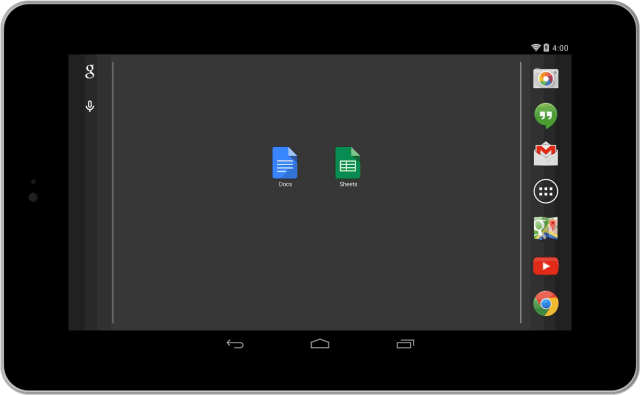Formative Assessments
One of the most important aspects of teaching is formative assessment. Before discussing tools, it is important to have a common understanding of what formative assessment is and is not.
What it is:
Formative assessment is a process used by teachers and students during instruction that provides feedback to adjust ongoing teaching and learning to improve students' achievement of intended instructional outcomes.
Key Features:
- Formative assessment is a process, not any particular test.
- It is used not just by teachers but by both teachers and students.
- Formative assessment takes place during instruction.
- It provides assessment-based feedback to teachers and students.
- The function of this feedback is to help teachers and students make adjustments that will improve students' achievement of intended curricular aims.
With 1:1, there were several tool choices that allowed teachers to quickly and easily assess at any time during class. With the adjustment to iPad carts, formative assessment electronically is not as easy. But there are tools that combine the ease of technology but don't require 1:1 with students
The app is available from iTunes and Google Play, and is compatible with most Smart phones and iPads. I will send out work session times for creation and practice next week for those that are interested.

Twitter - Friday Follow (#ff)
Did you know that you can follow a hashgtag (#) as well as a handle (@) ? There is a community of educators in Michigan that uses Twitter as way to connect. You can follow the account (@MichED) or use the hashtag (#MichED) for conversations and organized chats on Wednesdays between 8 and 9 p.m. Library News
This week's recommended read comes from our new Superintendent, Dr. John Stryker. As the district is faced with budget issues that could be devastating, some hard decisions will need to be made. Dr. Stryker has identified a book that he is using as a guiding principle for these decisions. The Administrative team, as well as the Board of Education. are doing a shared read. It would be great for all staff to understand the method and reasoning behind the decisions.
 |
| Add caption |






























